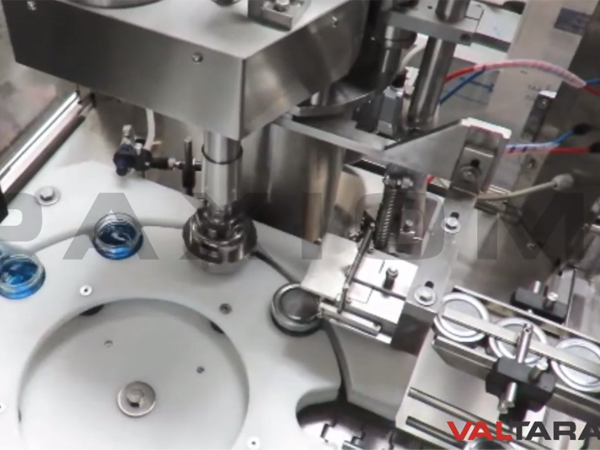Indiana Packing Systems
Indiana is home to so many entertainment and attractions with a history that runs quite deep. With the state capital alone, it’s already packed with fun things to do. What’s more, it offers both of the best worlds: from the energetic vibe of the bustling cities to the warm and cozy feels of small towns. Without a doubt, there’s no way you’d run out of places to visit and things to do in this state. Antique Alley in Richmond County has thousands of antique dealers with shops brimming with treasures waiting to be discovered. For a literal walk in the park, go to downtown Indianapolis and you’ll find the White River State Park, a 250-acre of ground that’s filled with trails and lots of space to just lounge and enjoy the air.
Located on the southern top of Lake Michigan is the Indiana Dune States Park with over 15 miles of coastline. It attracts millions of yearly visitors because of its beautiful blend of the ocean, mountains, forests, and dunes. There, you can already visit three spots: Little Calumet River trail for bikers, the Central Avenue Beach for beach bums, and Mt. Baldy for wildlife enthusiasts.
ValTara Cap Induction Sealer from the Paxiom Group
Known as a global leader in the packaging industry, the Paxiom Group manufactures a large selection of filling, packaging, conveying, auxiliary, and end-of-line automation, all engineered and designed for your specific needs and requirements. As part of our auxiliary packaging line, we have manufactured a cap induction sealing machine, bringing the name of one of our brand partners, the ValTara Technology.
Our ValTara cap induction sealer is compact and easy to use, operating on both glass and plastic bottles. It offers several benefits such as prolonged shelf-life, leak guarding, preserved freshness, and tamper evidence. Induction sealing packaging machines are primarily used in industries like cosmetics, chemicals, food, and beverage.
Understanding the basics of induction cap sealers
Induction cap sealers are a certain type of packaging machine that works to provide enhanced sealing capacity with minimal waste and optimum package aesthetics. In general, induction sealer packaging machines are composed of two main components: the power supply and the sealing head. The power supply refers to the electrical generator that operates at mid to high frequencies. Meanwhile, the sealing head is a plastic case that encompasses a conductor formed into a coil.
But how does an induction cap sealing process work? Induction sealing involves the non-contact heating, hermetic sealing of a bottle or container using a heat sealing foil. In most cases, an inner seal is made with a multi-laminate liner found inside the closure, which consists of several layers: pulpboard, wax, aluminum foil, and polymer.
Once the closure is placed in the container and has passed by the sealing head, several things occur. First, an electromagnetic current is induced to the foil part to produce a resistant heating effect. Next, the wax layer is melted by the heated foil so the wax is absorbed by the pulpboard. This then releases the foil from the pulpboard, the polymer coating melts, and finally, sealing the foil to the lip of the bottle. High speeds can be achieved with this type of process making induction cap sealers suitable for high-capacity applications.
Material types applicable for induction sealing
Plastic bottles with screw-on plastic lids are easiest to seal with the induction sealing process. Glass containers can be sealed, of course, but it can be a challenge. Glass containers may also need to be prepped before the lip of the glass container accepts the seal. A metal cap, on the other hand, while it’s technically feasible, it will require more considerations. That’s because the induction sealer heats both the metal cap and the inner-seal foil, making the metal cap become hot for a while. As a result, this could create a potential safety problem. Moreover, hot metal caps could cause the plastic threads of the bottle to melt away.
Selecting the right cap sealer
There are multiple considerations you must keep in mind when choosing an induction sealer. For starters, it’s important to think about the size and type of the cap, and of course, the production speed. The type and composition of the container, as well as the material type of the inner seal, are just as essential. It’s also worthy to note that many suppliers today offer premium quality inner seals, and depending on the material used, the seal can be “tamper-evident” or can provide your products with leakage protection and shelf-life extension.

